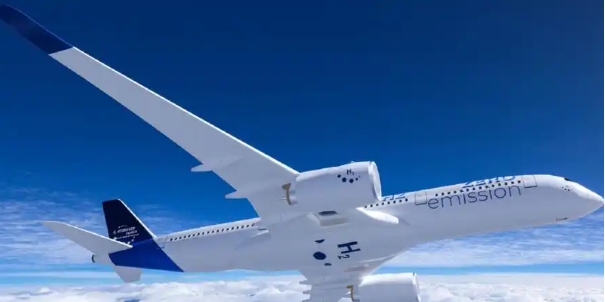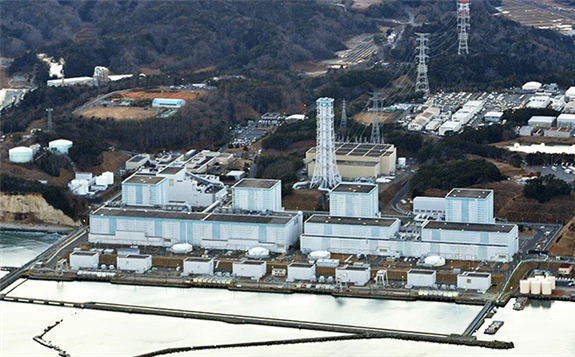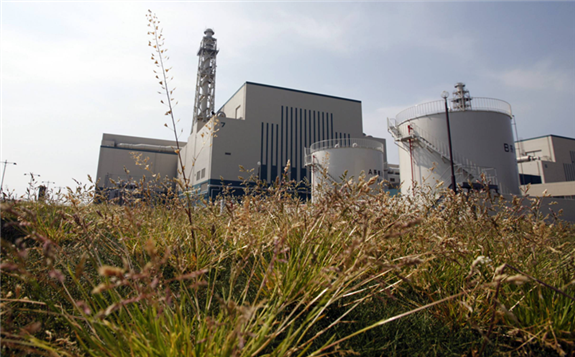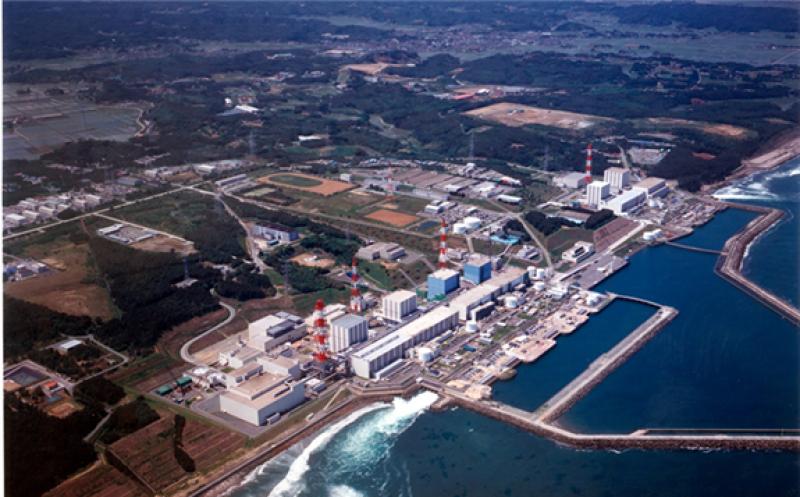
The 50 kg-class drone was collaboratively designed by AVIC Chengdu Aircraft Industrial (Group) Co., Ltd. and Tsinghua University. The developers optimized the aircraft’s flight, control, and propulsion systems to align with the unique output characteristics of hydrogen fuel cells, resulting in enhanced performance and efficiency. This integrated design enabled the drone to set a new endurance record for hydrogen-powered drones in China.
The record flight took place in Dujiangyan, located in Sichuan Province, southwest China. The drone demonstrated an innovative take-off method, launching from a system mounted on the roof of an unmanned vehicle. This setup allowed the drone to take off successfully from a moving platform, showcasing its adaptability for non-traditional runway scenarios and broadening its potential use cases.
An AVIC spokesperson noted: “The hydrogen drone was able to conduct remote dynamic monitoring on the ground via its onboard facilities.” This capability underscores the drone’s potential for applications in the low-altitude economy and green aviation, offering real-time data collection and monitoring during extended flights. The successful demonstration highlights the drone’s versatility for tasks requiring long endurance and environmental sustainability.
The project reflects a commitment to advancing clean energy solutions in aviation. By leveraging hydrogen fuel cells, the drone achieves extended flight times with reduced environmental impact, aligning with global trends toward greener technologies. The collaboration between AVIC and Tsinghua University emphasizes the role of research and industry partnerships in driving innovation.
The 30-hour flight in Dujiangyan sets a benchmark for hydrogen-powered drones, demonstrating their reliability and efficiency. The successful integration of onboard monitoring systems further enhances the drone’s value for industries such as logistics, surveying, and environmental management, where long-range and sustainable operations are essential. This achievement positions the technology as a promising contributor to the growing field of low-altitude aviation and clean energy solutions.







